Rock Piles
New 1-Minute Video Script
Take a moment to notice the flat ground around you. In the 1700s, this was a subsistence crop field—one of the first cleared by European settlers trying to make a living from this rugged Maine forest. The large pile beside you is a clue. Beneath the moss and soil lies a heap of rocks, roots, and stumps—debris gathered as the land was cleared. Families worked together, often with oxen, to drag stones to the edges and build piles like this one. Over time, the wood and organic matter decayed, leaving only the rock mound you see today.
As you stand here, try to picture the sound of axes, the creak of wooden yokes, and the steady rhythm of hands and hooves transforming this landscape into farmland. For those settlers, every cleared acre meant another season of survival—and a step toward building a life in the Maine wilderness.
More about Rock Piles
Each year following the initial clearing and plowing of this field, frost heaves brought more rocks to the surface. The annual removal process meant dumping more rocks along the edge. That continued until the crop field was abandoned in favor of pasture.
We uncovered this rockpile in 2024. At first, we thought it was a simple dirt pile because the surface was covered with brush. As we cleared the brush away, we discovered that it consists mostly of rocks. Judging by its size and composition, we concluded that this formation was the result of stump and root dumping added to the rocks you see.
The size of this dumping location has grown as more brush and logs have been added over the years. There are several logs in various stages of decay demonstrating the attraction this spot has had for dumping.
As you continue on the Mindfulness Trail, you will see more examples of smaller rock piles. As they worked the field, the whole family helped filling carts with rocks and dumping them at the nearest edge. These piles are evidence of the boundary between the original plowed field and the never-plowed forest.
Rock Piles and Suspected Rock Piles Discovered
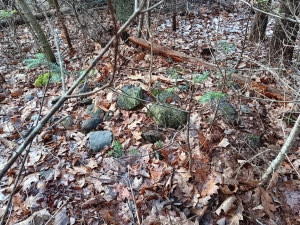
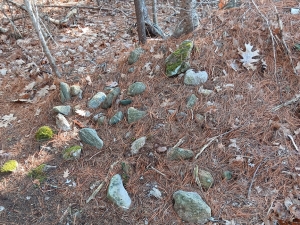
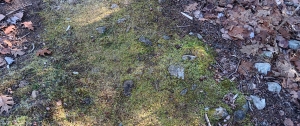
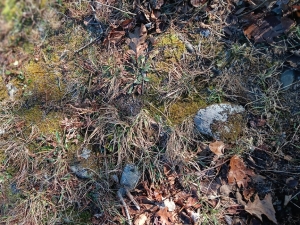
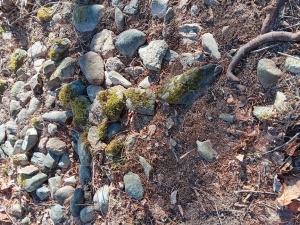
Keep a lookout. You may spot an undiscovered rock pile. If you do, please let us know. It will help us more precisely define these boundaries.
As you study these piles, you may have a contrary opinion and conclude that these are simply piles of rocks signifying nothing. We welcome your thoughts and observations. You can contribute them below.
Steps for Clearing a Forest
1. Survey and Select Land. Settlers chose land that was relatively flat and had fertile soil. Forested areas often indicate rich, undisturbed soil.
2. Cutting Down the Trees. Settlers used axes and saws, requiring significant physical effort. In late fall and winter when the ground is frozen, it is easier to move logs.
3. Removing Stumps. Stumps could be removed by burning or by pulling with draft animals. Some stumps were left in place and used as fence posts. Any evidence of burned stumps or stumps left in place have long disappeared.
4. Burning Brush. Smaller trees, branches, and twigs were burning in the field, enriching the soil.
5. Plowing and Cultivating. Plowing was done by hand and with draft animals.
A draft horse can carry around 250 pounds but can pull at least 1,600 pounds. An ox can pull nearly 3 times its weight, which made it preferable for heavier jobs. Even the poorest farmer had at least one draft animal.
Field Size
Early settlers often divided their farms into smaller fields, typically ranging from 2 to 3 acres, due to the labor-intensive process of clearing large rocks. The physical effort required to move substantial stones from the center to the edge of a field made it practical to manage smaller plots. By working on these more manageable sections, farmers could systematically clear and cultivate their land. Over time, as they removed rocks and improved the soil, they expanded their cultivated areas, eventually encompassing the entire farmstead. This incremental approach allowed settlers to effectively manage the demanding task of land clearing with the limited tools and labor available to them. The 2-3 acre size conforms with the crop field we have identified here.
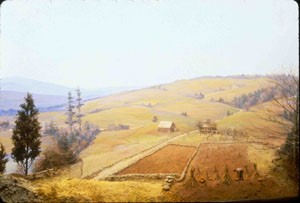
By-Products
The logs created from clearing the land had many uses. The logs were often squared with broad axes to construct log cabins, barns and other structures. Larger trees were used for beams and planks for framing and flooring. Smaller logs and branches were used to build split-rail fences to enclose fields and secure livestock. Firewood was another important use. It was not unusual for settlers to stack 20 cords for heating and cooking. Some also used firewood to produce charcoal for blacksmithing. The leftover wood ash was used as a natural fertilizer added to other nutrients to boost crop yields. Cedar was split into shingles for roofing and siding. Bark from hemlock was used in tanneries to produce leather for clothing, harnesses, and shoes. Warren is located not far from the coast where there was active shipbuilding in the 1700’s and 1800’s. Large trees were valued for masts. Pine resin was collected to make pitch and tar to waterproof wooden ships. Excess timber was sent to a sawmill for processing into boards and sold or traded. Wood was also used to make tools, handles, and other implements. Finally, settlers could eat nuts from hickory and chestnut trees and make medicine. Pine bark was sometimes boiled to create a tea rich in vitamin C to prevent scurvy.
Sources:
Gwen Tuinman. “How Settlers Cleared Their Land” https://gwentuinman.com/2018/05/26/how-settlers-cleared-their-land/
Crowd Sourcing: Your Thoughts
We welcome your insights. Please complete this form with your ideas. This will help use improve our educational mission!
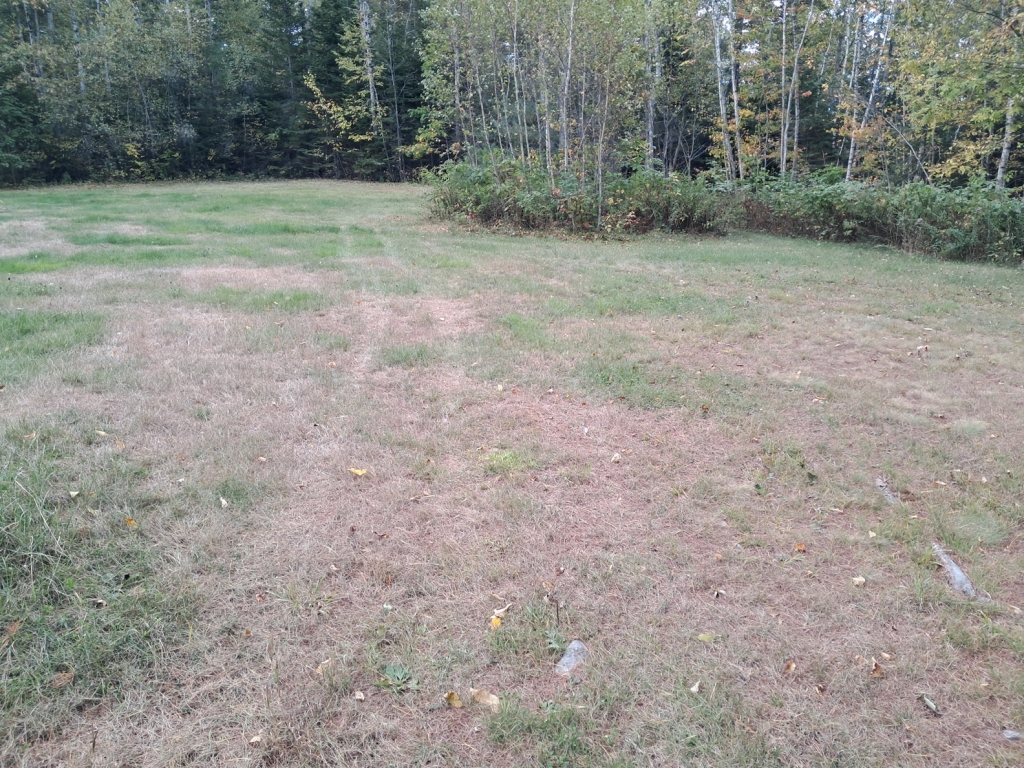
18th 19th 20th Century Farming Project:
Spaced between the rock piles that we’ve identified so far, there are likely more waiting to be uncovered. We are working to document and geolocate all the rock piles that we can find, so we can produce an accurate map of the crop field that was once here. If we excavate this pile we may even discover artifacts that were lost or tossed away. We are seeking volunteers to participate in this project.Spaced between the rock piles that we’ve identified so far, there are likely more waiting to be uncovered. We are working to document and geolocate all the rock piles that we can find, so we can produce an accurate map of the crop field that was once here. If we excavate this pile we may even discover artifacts that were lost or tossed away. We are seeking volunteers to participate in this project.
Excavation of this pile we may even uncover artifacts that were lost or tossed away. We are seeking volunteers to participate in this project.
Please support all our projects with a donation! All funds will be used to support volunteers and our educational mission.